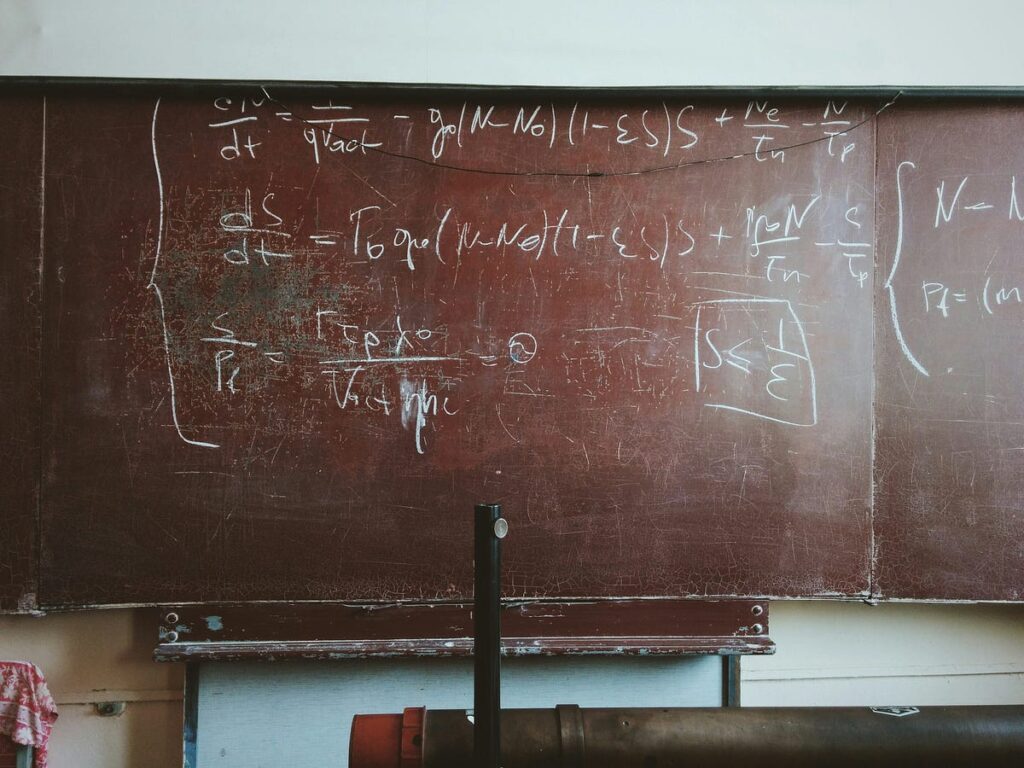Mastering the World of Numerical Derivatives: Beyond the Basics
In the realm of academia, particularly within science laboratories, one often encounters a humorous yet poignant saying that captures the essence of juggling theory and practical application. It typically goes like this:
“Theory is when you know everything but nothing works. Practice is when everything works but no one knows why. In this lab, we combine theory and practice: nothing works, and nobody knows why.”
This anecdote resonates deeply with those of us exploring the expansive field of data science. At its foundation, data science can be viewed as a mathematical endeavor—often represented through the lens of loss function minimization. However, when we venture into the complexities of real-world data, the idealistic assumptions of theoretical models frequently falter, leading to chaos and confusion.
Understanding Derivatives in Data Science
The derivative is a fundamental concept in mathematics, especially for data scientists. It represents how a function changes as its input changes. Those who navigate the intricate landscape of data analysis must not only grasp the theoretical underpinnings of derivatives but must also adeptly apply them to noisy, real-world data signals where analytical solutions may not be readily available.
Key Concepts to Remember:
- Definition of Derivative: A derivative essentially quantifies the rate of change of a function, which is crucial for optimizing various algorithms in data science.
- Application in Data Science: Derivatives are used to minimize error in predictive models. Understanding how to compute and interpret derivatives is vital when fine-tuning machine learning models or analyzing trends.
Bridging Theory and Application
One of the major challenges in data science is translating theoretical concepts into actionable insights. For instance, when working with algorithms that rely on derivatives, practitioners must often deal with noisy datasets. Unlike the clean, idealized datasets used in many theoretical exercises, real data is messy and rife with imperfections.
Navigating Noisy Signals
When applying derivatives to real-world data, consider the following strategies to improve accuracy:
- Smoothing Techniques: Employ algorithms that can smooth out variation in data before calculating derivatives. Techniques like moving averages or Gaussian filters can help manage noise.
- Numerical Differentiation: Instead of relying solely on analytic derivatives, numerical methods can approximate derivatives, providing an alternative when analytical solutions are impractical.
- Sensitivity Analysis: Analyze how variations in your input data affect the derivative’s output. This can help identify the stability of your model and its predictions.
Conclusion
In the dynamic field of data science, understanding and mastering derivatives is not just about recalling a definition; it requires a synthesis of knowledge and practical skills. By navigating the divide between theory and practice, data scientists can draw valuable insights from even the most challenging datasets.
Whether you are a seasoned data analyst or just embarking on your journey in this field, embracing the complexities of derivatives and their applications in real-world scenarios will undoubtedly enhance your data-driven decision-making skills. As you deepen your understanding of these concepts, remember: the journey from theory to practice offers invaluable lessons that can significantly elevate your expertise in data science.




